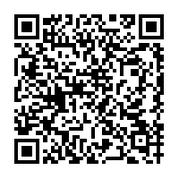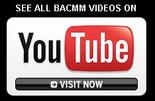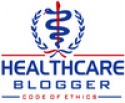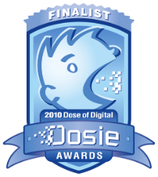Put it in 1980: Will technology replace office workers? Some classes of them, yes. Typists, switchboard operators, stenographers, file clerks, mail clerks — many job categories have diminished or disappeared in the last three decades. But have we stopped doing business? Do fewer people work in offices? No, but much of the rote mechanical work is carried out in vastly streamlined ways.
Similarly, technology will not replace doctors. But emerging technologies have the capacity to replace, streamline, or even render unnecessary much of the work that doctors do — in ways that actually increases the value and productivity of physicians. Imagine some of these scenarios with me:
· Next-generation EMRs that are transparent across platforms and organizations, so that doctors spend no time searching for and re-entering longitudinal records, images, or lab results; and that obviate the need for a separate coding capture function — driving down the need for physician hours of labor.
· Deep and automated real-time cost analysis per case, per work unit, and per procedure that allows healthcare organizations to offer single-price bundles for much of the work that they do, from hips and knees to births to diabetes control. This would help eliminate much of the 1/3 of all healthcare that is simply wasted in an attempt to drive revenue streams in a fee-for-service code-driven medical world. It would also eliminate the enormous amount of physician and staff time devoted to arguing with insurance companies (estimated cost across healthcare: $80,000 per physician per year).
· Mobile healthcare through Bluetooth patches, embedded chips, wrist bands, smart jewelry, and handheld devices that allows physicians and healthcare organizations real-time monitoring of at-risk and chronic patients, improving their health, driving down the need for acute interventions, and driving down costs — partly by driving down the need for physician labor hours in both the chronic and acute phases.
· Deep Big Data ability to aggregate de-personalized data across organizations, functions, and regions into distributed virtual n-dimensional queriable databases that allows healthcare managers to determine what’s working, what’s efficient, what’s waste, combined with lean initiatives to drive iterative process change throughout the organizations as a normal constant part of doing business.
· A similar ability on the part of purchasers across the system to better determine real quality and real efficiency among providers, as large purchasers are able to do with their suppliers in most industries. This would also drive out waste and lower the need for physician labor hours.
In this ideal vision of technohealth, the one thing that is not attenuated is the need for doctors doing good, real, hands-on doctoring. Healthcare at its core is unalterably retail, putting the physician’s expertise, insight and persuasive power together in a trusted relationship with a single patient with their single body and their individual decision-making power. Ideally, the tech that clears away wasteful procedures and unnecessary administrative tasks and streamlines the monitoring of at-risk and chronic patients will actually leave more physician time and more bandwidth for that strong, trusted patient relationship that is by far the most efficient communication structure in all of medicine.
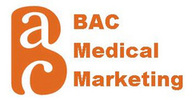
 RSS Feed
RSS Feed
